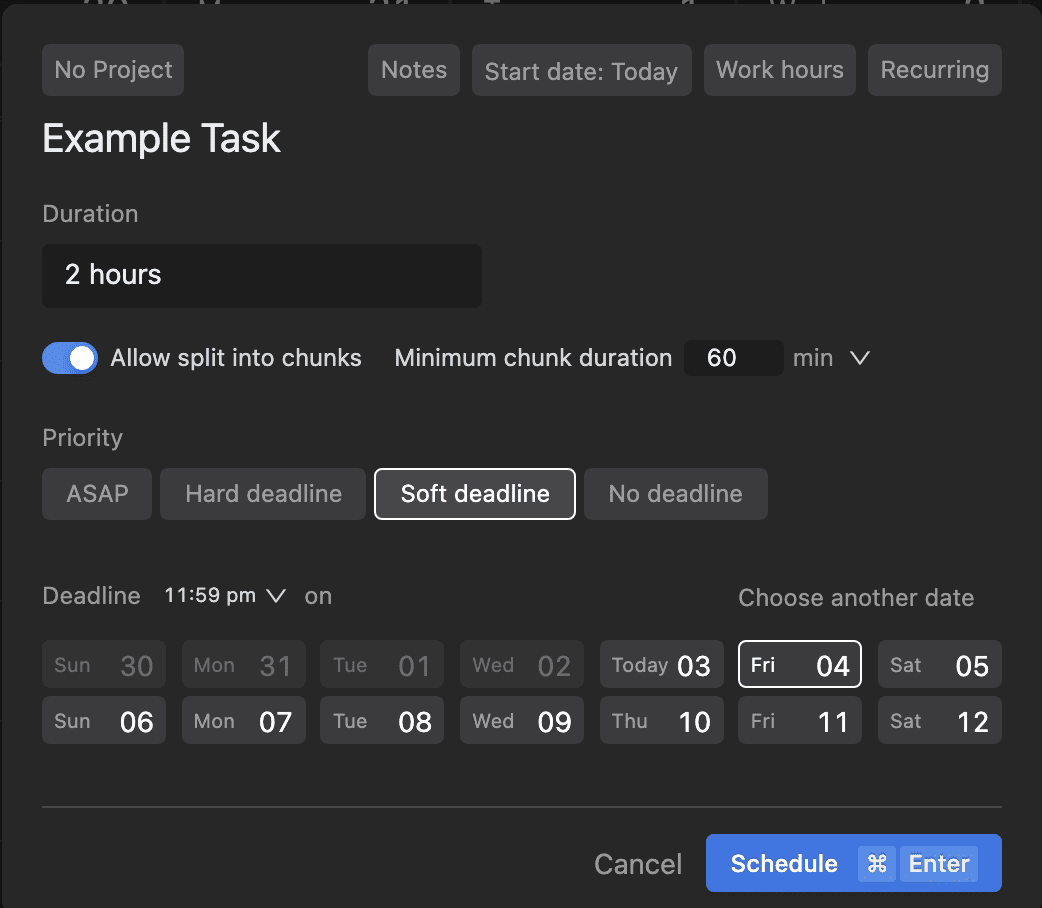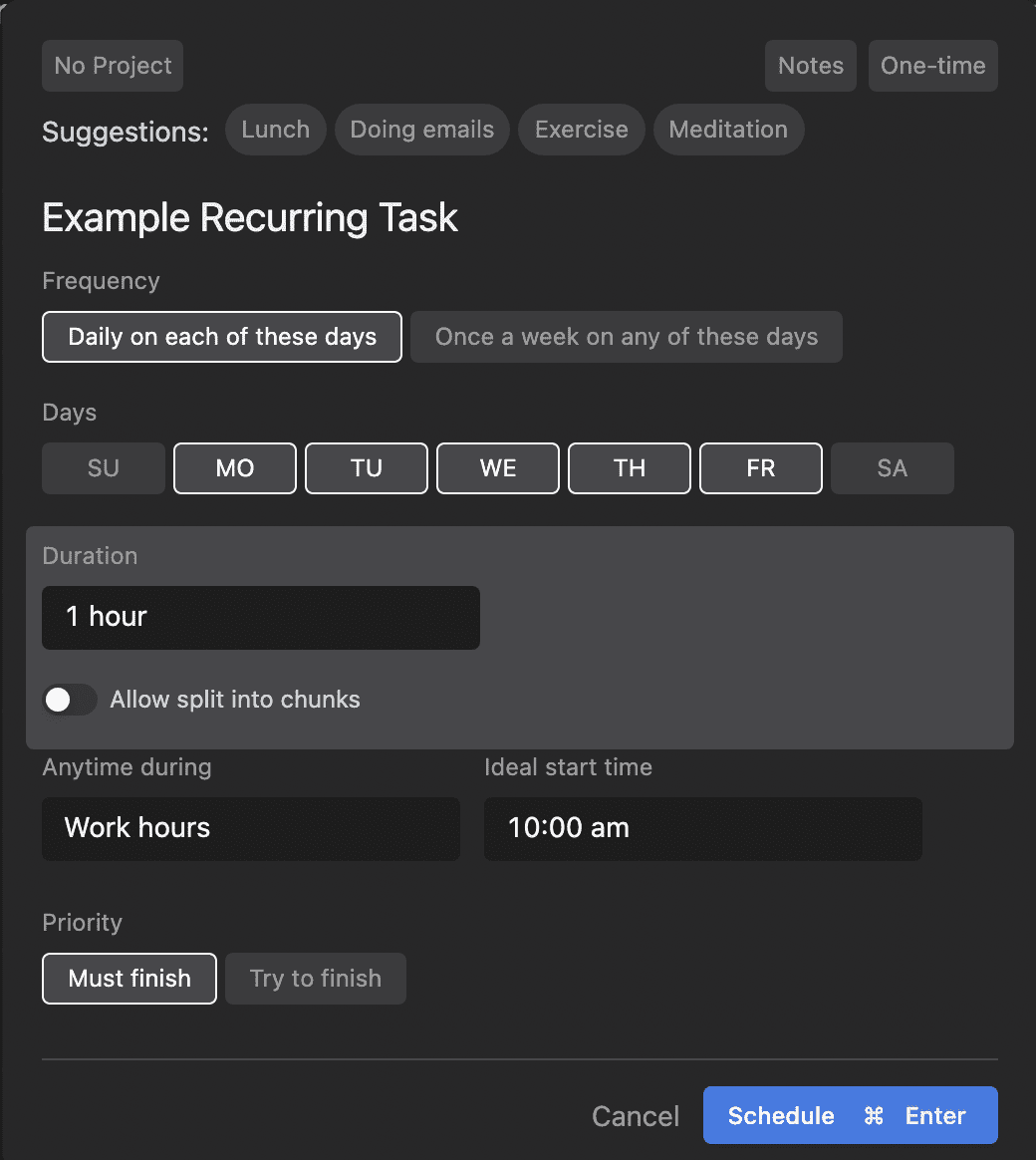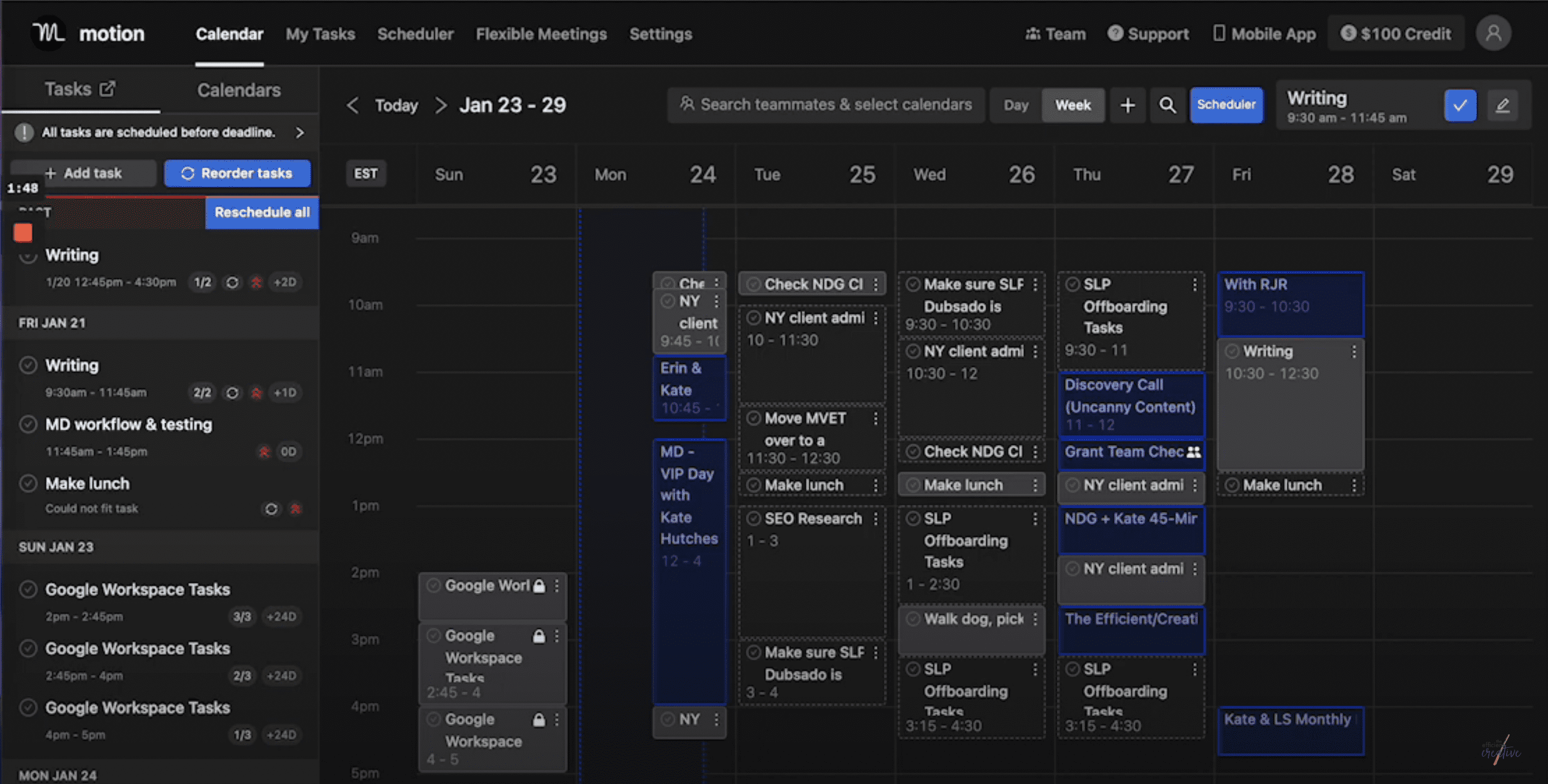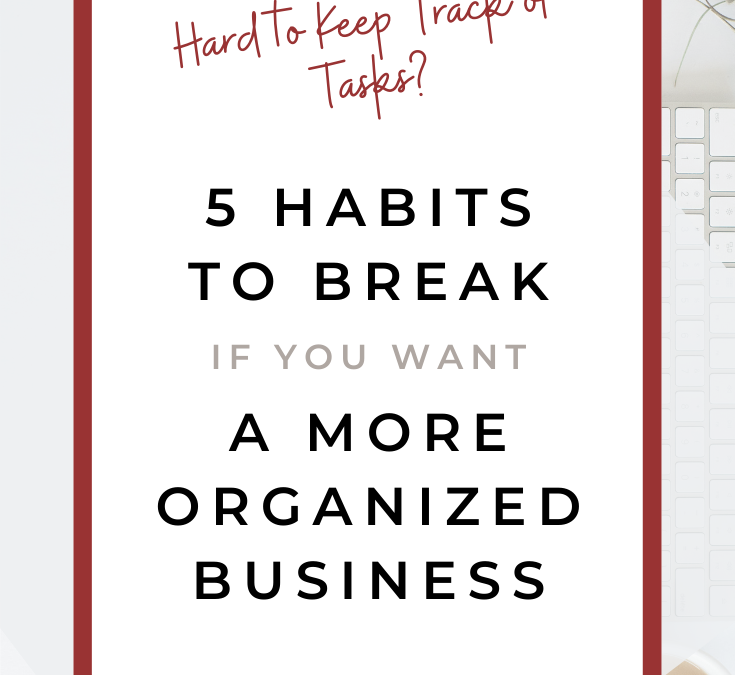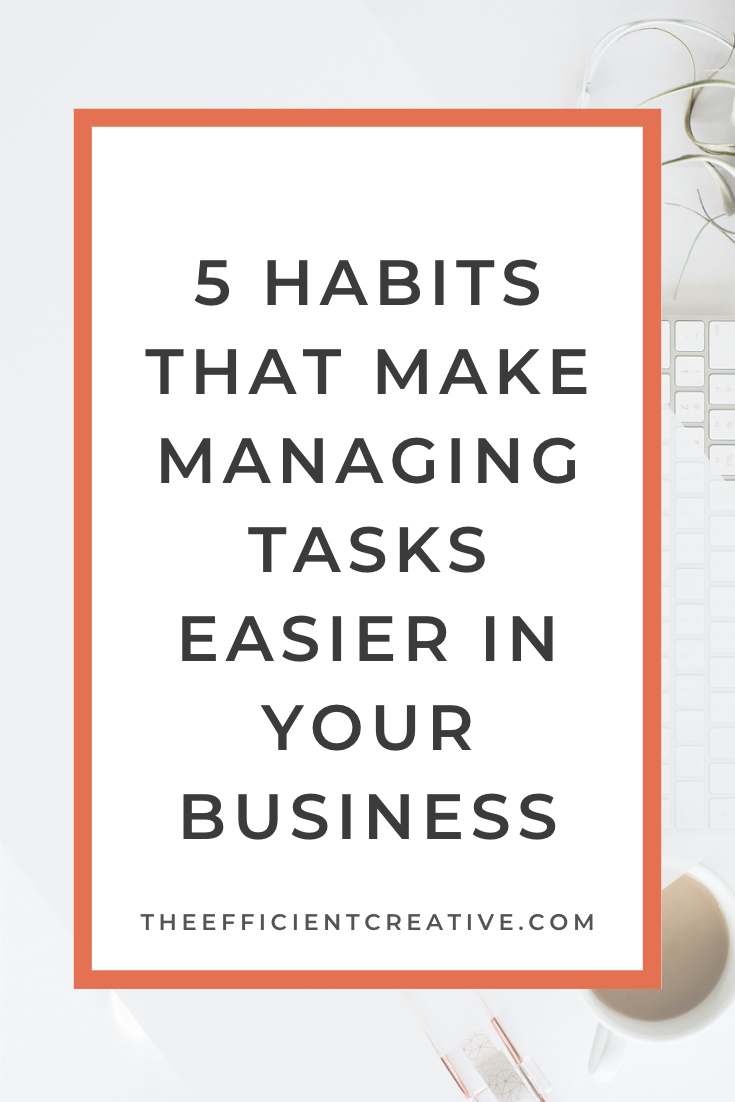
7 strategies to plan for the unexpected | The Efficient/Creative
7 Strategies to Help Your Business Weather “Uncertain Times”
If there is one lesson every entrepreneur eventually learns, it is that you can’t control everything. Even as humans, we know that nothing is certain, and that applies even more in our businesses. What we’re not taught as business owners is how to plan for the unexpected.
We’ve all faced the COVID-19 pandemic, a recession, an attempted coup in the U.S., police brutality, and war in multiple parts of the world. These events come up and take us by surprise — and often derail our energy, our resources, and our plans.
Since early 2020, entrepreneurs have learned how crucial it is to embrace uncertainty. But embracing uncertainty in an ever-changing world isn’t always easy. So what can you do to keep your business running, even when it feels like everything is up in the air? Here are seven strategies to keep your business on track during uncertain times.
7 ways to plan for the unexpected
Remember, nothing is certain.
As an entrepreneur or small business owner, you know that you run on a dash of faith and a whole lot of caffeine. Every time you start a new project or invest a little more in your business, you’re taking another leap of faith – sometimes without a parachute.
Even with the best planning and intentions, you aren’t always guaranteed to succeed because we can’t control the world around us. You have to be willing to embrace that uncertainty and recognize that we don’t have control over all of the outcomes.

Choose what’s important and then prioritize it.
What is the most important thing to you and your business? Is building a consistent client base the most important? Do you need to create a new offer to serve more people at a different price point? Are you serving the customers you already have? Or, do you need to take a step back and spend more time with your family?
Don’t be afraid to figure out what your most important goal is, and then be willing to prioritize that goal, or say “No” to projects that don’t get you closer to that goal. Notice how I said the most important goal? Not the most important 11 goals? I know that, for the “doers” among us, prioritizing one thing might feel like saying no to the other 47 ideas you have percolating in the back of your mind or project management system. When it comes to prioritizing, saying “No” doesn’t mean “Never.” It can just mean “Not right now.”
What’s more? When you start to prioritize what really matters to you and your business now, you’re free to permanently let go of goals that aren’t really connected to your needs.
Plan to be flexible.
You can’t control what is going on in the world, but you can control how you react. There may be times when you need to be more flexible with your business plans. For example, the killing of George Floyd in 2020 sparked protests and demonstrations worldwide. Many businesses and entrepreneurs recognized that this was a crucial moment when they needed to reflect and listen.
As a result, companies paused launches, took down content, and amplified the important voices of people who deserved the spotlight most in that moment. A wise entrepreneur needs to recognize the times when it’s essential to pause and let more important events unfold. When we focus on being flexible with our plans and goals, we can participate in meaningful conversations and help amplify the voices of others.
Giving yourself the flexibility to pause plans or take a step back can also help reduce your stress if things aren’t proceeding the way you planned (no world events required).
Build up your tolerance for uncertainty.
As an entrepreneur, you may always feel like you’re sprinting to the ‘better times’ — when things won’t be quite so busy or quite so hard. Running your own business isn’t a sprint, though. It’s a marathon. You have to train a lot of different systems to work efficiently for that kind of endurance. In your business, one of those essential systems is its tolerance for uncertainty, because the truth is… We don’t always control the outcomes in our life or business.
Instead of assuming you have to hustle harder to make things happen, why not try a different training approach and build up your tolerance for uncertainty instead? To do this, you can ask yourself questions like:
- What do I do when my plans fall apart?
- What can I do to stabilize my business right now?
- What are my goals?
- Are my systems working?
- Does my whole business fall apart if I take a few days off?
- Are my offers the best way to serve my customers?
If taking this type of business inventory stresses you out, it’s time to build up your uncertainty muscle. You can only do this by asking these questions, making your plans, doing the work, and learning to adapt to changes!
Create smaller milestones.
Remember before the ‘unprecedented times’ hit and you could plan big goals for your business a year—or more—in advance? (Those were the days.) But as we are learning, when things are uncertain, you can’t rely on overly complicated plans. To plan for the unexpected means you have to adapt, which may mean you need to go smaller.
So when you are planning a new task or project, do a mental walkthrough from your perspective or from your clients’ perspective. Then, simplify things. Instead of taking your client from point A to Z, focus on how you can take them from point A to B and then B to C. These smaller milestones are easier to manage when things are uncertain for you — and your clients — when bandwidth is already stretched thin.
Example: If you typically sell custom website builds, you might consider shifting to a 1-day website VIP day where you build the shell of a site and give people directions to customize or build out the rest. This gives you dedicated time without a long runway.
Another example? If you have a launch planned, make sure you’re hitting on how your new offer can help save people time. You might even want to share exact timelines or calendars so they know exactly what they can get done and when.
Give yourself some extra buffer time.
I’ll just be honest: You’re just making things harder if you aren’t adding in some extra buffer time when planning around uncertainty. Adding in a little extra time is a great way to make sure you can adapt and be flexible if something changes.
For example, if you have a launch coming up, give yourself extra time to create the copy and graphics and start promoting. Something might change in the world that may require you to alter or change these deliverables, so a little extra time will be worth it.
Even planning for a little spare time on your launch windows or delivery times for client work can make a big difference. You never know what will come up, so having a little extra time banked in your calendar is always helpful!
Take care of yourself!
Remember, you can’t take care of everything on your own. Don’t be afraid to ask for help, take a step back, or take a break.
It’s easy as a business owner, when things get challenging or stressful, to forget yourself and throw everything you have into fixing the problem or issue. But, you can’t control everything going on in the world or how it will affect your business.
You’ll be better able to plan for the unexpected when you take care of your needs first and then focus on your business.
More resources for “unprecedented times”
As business owners, it would be great if our plans always worked out the way we imagined, but that’s not always the case. We don’t work in bubbles and what happens in the world affects even our best-laid plans.
So, during these “unprecedented times,” when it feels like everything is up in the air, follow these principles. They can help you stay in control while still embracing uncertainty when times are tough!
I also know that, when we feel a squeeze in our businesses, personal lives, or industries, it can put a lot of pressure on us to do more. I recently wrote about this pressure and how to handle it, in this blog:


![Why I’m Giving Up on Time Blocking to Set Priorities at Work [+ Video]](https://theefficientcreative.com/wp-content/uploads/2022/02/Why-Im-Using-Motion-to-Set-Priorities-at-Work-in-a-Snap-735x675.png)

